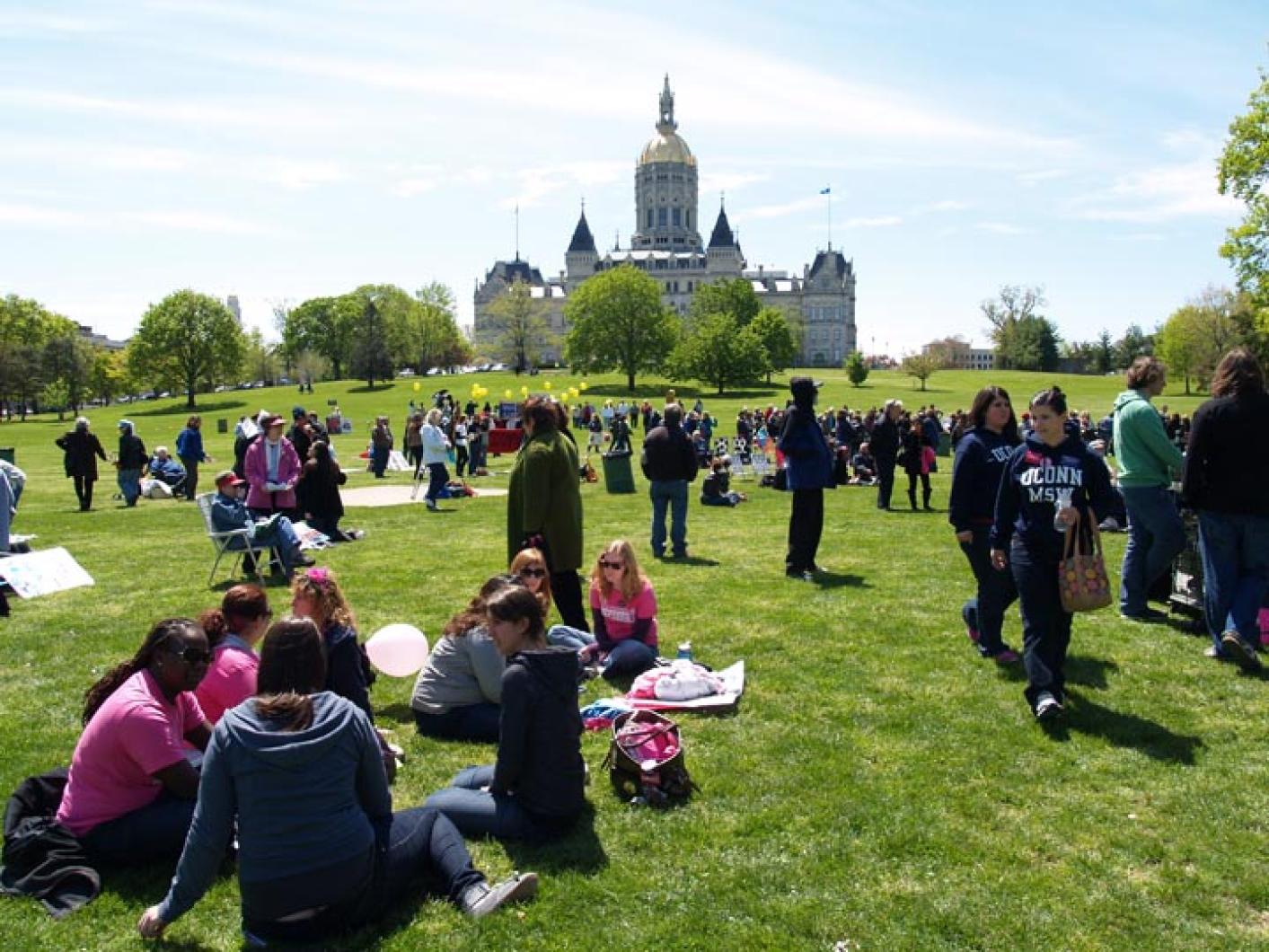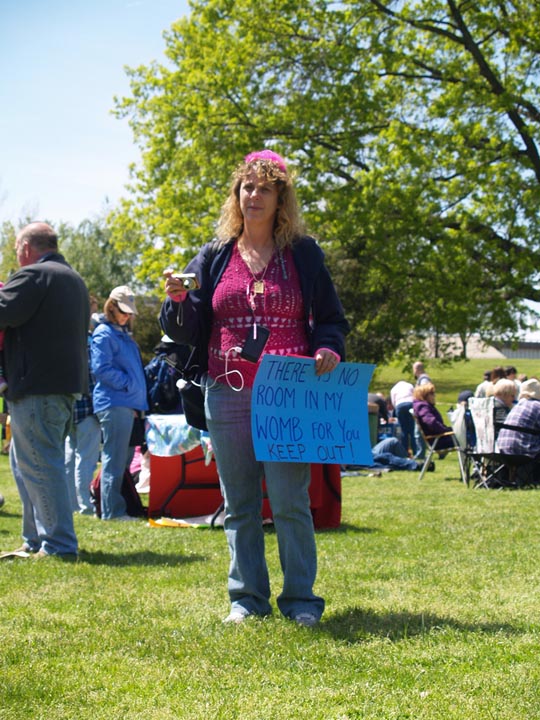When I was in second grade my teacher, Ms. Lipscombe, wore an ERA button to class every day. It was 1980 and the deadline for states to ratify the equal rights amendment was approaching. Ms. Lipscombe also had days where the girls and boys would switch gender roles and the boys had to serve the girls.
I was born on the cusp of a time of great activism — women’s rights, civil rights, environmental rights — and I grew up at a time where I benefited from the battles the second wave feminists fought. For the most part, I grew up believing I was equal to men and that my access to the world would not be limited or hindered by my gender. I listened to Free to be You and Me, climbed trees and played with matchbox cars. I believed I could do anything a boy could doexcept maybe play the drums, my instrument of choice. I was told girls play the flute or the clarinet.
During college in the early 1990s, the women of my generation were emerging as the third wave of the feminist movement, with riot grrrl punk and grunge subcultures, feminist books and zines, and independent music labels. We wore flannel shirts and combat boots, went to Ani Difranco shows at the college movie theater, celebrated our individuality and explored our sexualities. I took my first women’s studies classes, learned about Naomi Wolf’s “Beauty Myth” and chastised my male friends for having Playboy subscriptions. I was aware of the pro-life movement, but never worried about my access to reproductive services.
The recent attacks on women’s health services and bills that protect women who have been victims of violence are not only unsettling, but infuriating. Conservatives have long used the culture wars as a political bargaining tool, but it now seems their efforts could actually succeed.
Historically, I have been politically active in relatively private ways. But when I heard there was to be a nationwide Unite Against the War on Women rally, there was no question that I would participate. Last Saturday, I joined about 300 activists at a rally in Hartford, Conn., my home state.
Having studied social movements in graduate school, I arrived with curious anticipation about what this particular day would bring. My former journalism professor and columnist for the Hartford Courant was the emcee, introducing speakers from local government and organizations. There were booths with well-known organizations providing information, taking names, handing out pins and pens and pamphlets. There were protest signs and shirts. There was chanting, “Women united will never been divided, women united will never be divided.”
There was also a handful of pro-life demonstrators holding signs and yellow balloons in the back of the park.
As I sat in the grass in Bushnell Park, soaking up the sun and listening to impassioned speeches, I started to think about what unites us, besides just being women, or rather, because we are women. You can’t see it from the outside, but we’ve all had experiences that are solely specific to women such as abortion, sexual violence, gender identity, eating disorders. In our everyday life we wear masks that hide these scars and shame, but at the rally we were safe. We were owning these experiences and uniting to prevent these things from happening to our daughters and granddaughters.
We can’t expect the government to protect our rights anymore. We have to be aware, unite, take action. As we chanted on Saturday, fists in the air, “In our union we are stronger.”






Comments
Comment policy »